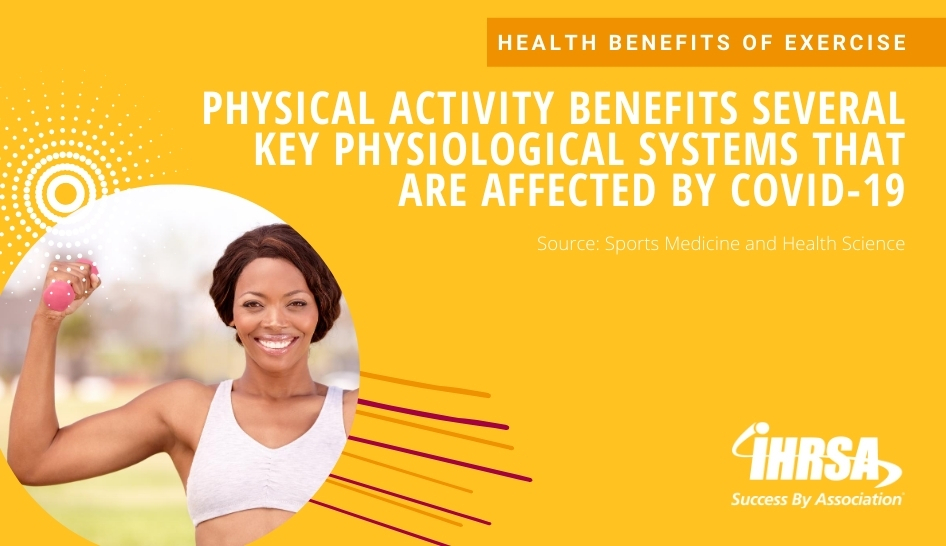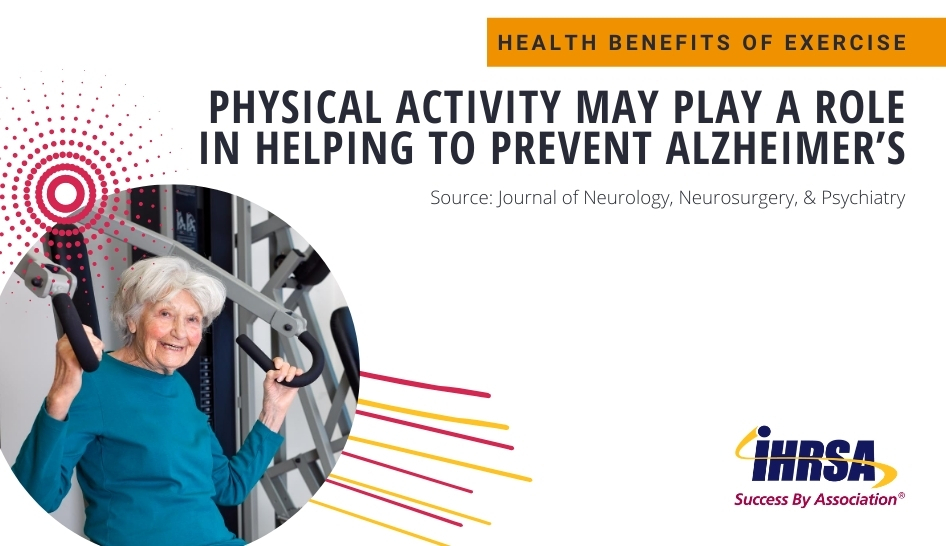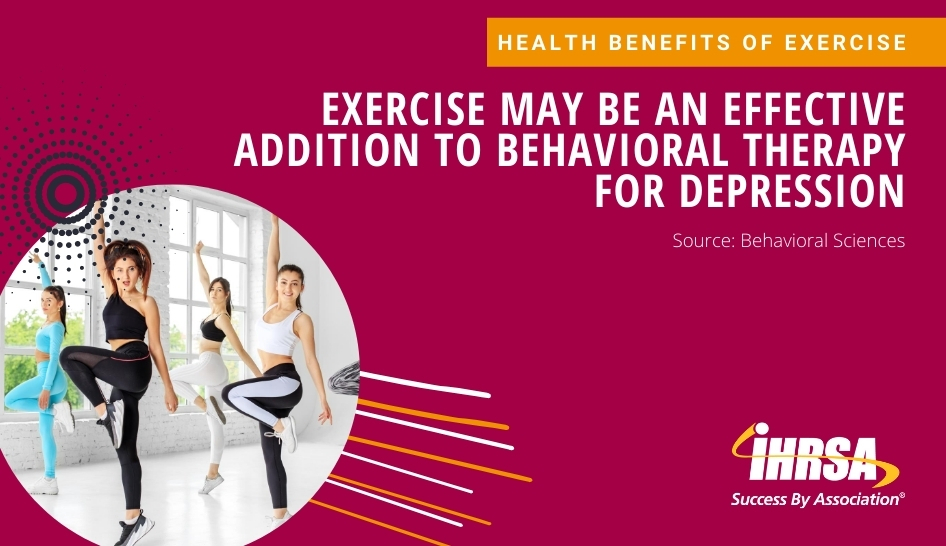The Relationship Between Physical Inactivity & COVID-19
Given the novelty of the SARS-COV2 virus, which causes COVID-19, it is not surprising that there have not been many studies on the relationship between physical activity and COVID-19 outcomes. An article published in Sports Medicine and Health Science reviews the available evidence regarding the impact of COVID-19 on several physiological systems and any potential relationship with physical activity.
Immune System: Moderate physical activity may reduce susceptibility to upper respiratory tract infections, and physical activity can benefit immune system health. The authors note that, while more studies are needed to assess the link between physical activity prior to COVID-19 diagnosis and COVID-19 outcomes, exercise during the pandemic is recommended and can also help mitigate some comorbidities such as diabetes and obesity.
Respiratory Tract: In severe COVID-19 cases requiring hospitalization, 54% of patients experience respiratory failure, and more than 30% require mechanical ventilation. People on mechanical ventilation for long periods can develop a weakened diaphragm, making it harder to wean them off the ventilator. Physical activity is not known to change the structure and function of the lung and airways; however, endurance training may promote biochemical adaptations that help protect against challenges, including prolonged ventilation. In one study, as few as 10 consecutive days of aerobic exercise training provided statistically significant protection against diaphragm weakening. In theory, this would mean trained individuals who require mechanical ventilation would have some protection against a weakened diaphragm and thus experience fewer challenges coming off the ventilator.
Cardiovascular System: With COVID-19, exercise can have both positive and negative effects. When recovering from COVID-19, some people experience cardiac damage (such as myocarditis or inflammation in the heart muscle, which has afflicted several collegiate and professional athletes). This cardiac damage can increase the risk of sudden cardiac death during exercise and may extend throughout the lifetime.
On the positive side, physical activity promotes heart health and longevity. The authors recommend healthy people during and after the pandemic to “remain physically active and exercise while socially distanced when you are well, stop exercise when you develop symptoms or signs of an infection, and return to PA and exercise slowly following recovery.”
Mental Health: The authors also discuss the detrimental effects of quarantine-related depression and conclude that “regular exercise can attenuate the symptoms and consequences of quarantine-induced depression and traumatic disorders with the systemic, complex, and powerful neuroprotective effects.”
Overall, the authors recommend exercise sessions of moderate-intensity and up to 45 minutes in length for immune health and advise older adults to get at least 30 minutes of moderate exercise two to three times per week.



